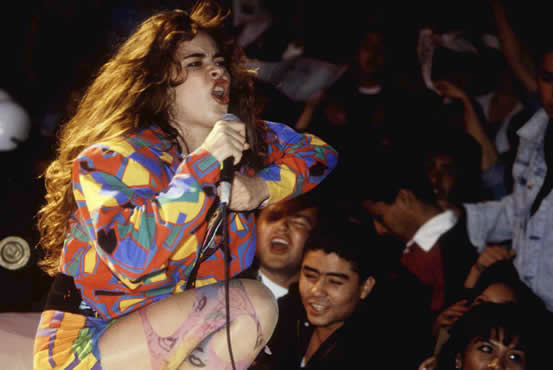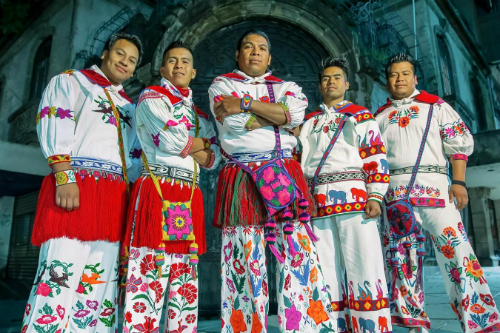I’m not sure how or why this new genre of music has caught my attention the way it has, but something about the rawness of it makes me want to listen more closely. To be honest, I didn’t even know this style of music existed until Cardi B. That probably tells you everything you want to know about my perspective in this discussion.
But if you still want to continue reading anyway I sure do appreciate it very much.
The other trap artist that’s on my playlist right now is Bad Bunny. Funny enough, both musicians are the “it” collaborators on so many different tracks – from JLO to Bruno Mars, Karol G, and so many others, in English and Spanish. You can hardly find a playlist or radio station on the air that’s not playing at least a small piece of something by either artist.
That’s great for them. I’m more interested in figuring out what the heck trap music is to begin with. It’s kind of what reggaeton was back in the day. I still have Daddy Yankee, Don Omar, Ivy Queen and Nina Sky on my playlists to this day.
Let’s do some pretty basic uncovering.
For the purpose of keeping it simple, we will take a look at the top definition offered by Urban Dictionary for this genre of music:
Trap music is based on the use of the 808 Roland drum machine, pitched and re-sampled hip-hop/rap vocals, pipe flutes, gangsta synth leads, and various FX. Similar to rap without the main vocal, Trap music has been gaining lots of attention from major DJ’s and labels. Although, the style originated many years ago, Trap music has recently been making a new school comeback in many new forms such as “Trap”, “Chirp”, “SeaPunk”, “PsyTrap”, and “TrapStep”. Earliest known examples can be found by artists such as Triple Six Mafia, UGK, Swisha House, and Gucci Mane. Tempos range widely from 135-175bpm which is uncommon for most major genres of electronic dance music (EDM).
In laymen’s terms, Trap music would be best described as a recipe;
1/3 hip hop (tempo and song structure similar) – however vocals are usually pitched lower or higher
1/3 dubstep (similar drum arrangements, different builds and drops)
1/3 dub (Low frequency focus and strong emphasis on repetitiveness throughout a song)
I don’t know that much about music to tell you whether that’s right or wrong, but it’s a least a more detailed explanation of the genre than I could provide. You can check out the rest of the definitions for trap music on your own here, and tell me which one you think is right.
For me, trap music is more interesting than the average song because of the lyrics. If you can get past the language a lot of the songs are pretty interesting to dissect. Admittedly, my teenager does end up doing a lot of translations for me.
Here a few of the songs I’ve been listening to lately:




One thought on “So, you like trap music. Welcome to the club.”
It is the genre that takes it and will continue to be that way for a lot more, even surpassing the time that reggaeton played, many modalities and that is that you can directly make large and very different parts!
With which the artists will surprise us in the future